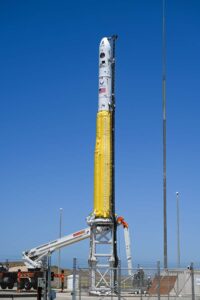
The Pentagon is interested in leveraging industry work on concepts for refueling satellites in space, a DoD official said on Jan. 17. The concept of dynamic space operations is "realistic because the commercial sector is developing ways to refuel in space, and this is mostly for the geosynchronous belt where it's easy to move between objects," Assistant Secretary of Defense for Space Policy John Plumb told reporters. "It has become clear over decades that a lot of what leads to…














